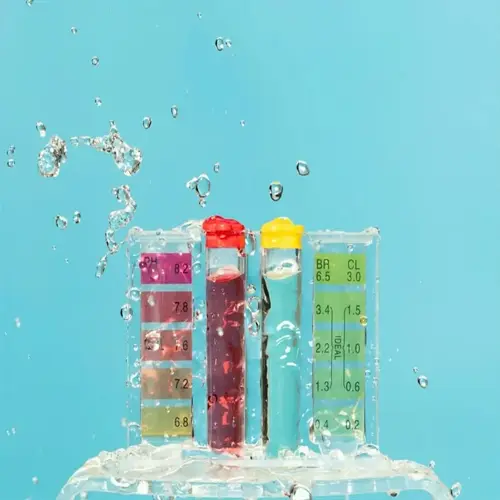What should you put at the bottom of a planter for drainage?

Written by
Paul Reynolds
Reviewed by
Prof. Samuel Fitzgerald, Ph.D.Installing gravel at the bottom of pots leads to disastrous drainage. The gravel layer forms a perched water table trapping moisture above it. This drowns the roots of the plants where they actually grow. I have removed gravel from countless failed pots in a desperate attempt to save dying plants.
Natural Aeration
- Use coarse branches or twigs for bottom layer
- Create 2-4 inch base for air pockets
- Choose hardwood over softwood for longevity
- Avoid treated wood that leaches chemicals
Layer Separation
- Install permeable landscape fabric over branches
- Select non-woven polypropylene fabric
- Prevents soil from washing into drainage layer
- Allows water passage while containing soil
Structural Drainage
- Drill ½-inch holes every 12 inches
- Angle holes downward at 15 degrees
- Place holes above branch layer
- Add mesh screens to prevent soil loss
These components work in concert with each other to produce healthy drainage systems. Branches form air passages while fabrics act as barriers to avoid soil compaction. Drainage holes provide a path for water to escape. This combination serves to overcome the disadvantages of a gravel substrate, which introduces hydraulic tension into the system. Your plants provide oxygen to the areas that need it most.
Do these things with the various types of containers. In wooden planters, drill holes through the bottom boards. In ceramic pots, holes must be made before planting, using a diamond-bit drill. In plastic ones, there must be holes along the sides, near the bottom. Care should be taken to have the planters raised slightly up for perfect drainage.
Keep your drainage system up to date for the seasons. After heavy rains, check the holes for clogging. Replace the branches every two to three years as they deteriorate. Check the fabric for minerals that build up and decrease percolation. Following these few steps will provide years of effective drainage without hair loss.
Read the full article: 10 Essential Raised Bed Drainage Fixes

